The Linked Digital Future initiative was launched in 2018 to promote the discoverability of the live performance sector. After just over four years, has this discoverability challenge remained just as critical? Or has increasingly advanced Artificial Intelligence (AI) solved the problem for us?
Our colleagues at Tandem and the Performing Arts Information Representation Community Group (PAIR CG) attempted to answer this question at the April 24th event Beyond Words: How ChatGPT And Computational Tools Are Shaping The Future Of Discoverability In The Arts. The speakers took turns asking ChatGPT about upcoming plays or performances by Indigenous artists. The AI app wasn’t any more refined than its search engine cousins: it was incapable of providing anything other than lists of the most popular plays or artists. These experiments highlight the fundamental challenges that the live performance sector still face. AI is unable to identify performance offerings among the billions of gigabytes produced on the web each day, nor is it able to interpret the meaning and value of these offerings for human beings.
As a result, the discoverability measures put forward through the Linked Digital Future (notably the adoption of Schema structured data) remain just as relevant as they were four years ago. Possibly even more so, since we have measured their effectiveness through a Gradient-led study carried out for our colleagues in the dia-log project. During dia-log’s Matinée numérique event on April 11, we learned that the organizations who integrated structured data on their event web pages have seen the traffic on these pages double or even triple!
These experiences underscore the importance for the live performance sector to continue its data-driven digital transformation. They also offer a fitting introduction to the presentation of the Linked Digital Future Annual Report.
Linked Digital Future Annual Report
Over the last year, the Linked Digital Future team and its partners have put a renewed emphasis on event data production. In addition, they have completed prototyping and training activities based on metadata about venues, persons and organizations. Here are the highlights from the April 2022-March 2023 period:
- We collaborated with 9 providers of data about artists, organizations and venues. This brings the total to 13 since we began ingesting these kinds of datasets in 2020.
- Over the last two years, the number of persons, organizations and venues in Artsdata tripled from 11,100 to 35,000 (representing a 233% increase).
- We invested major efforts to turn Wikidata into the most comprehensive database of performing arts venues, including a one-week datathon and manual population by LDFI staff. The number of venues in Wikidata increased by 99% from 276 to 549. This is nearly as much as the number of performing arts facilities in Statistics Canada’ Open Database of Cultural and Arts Facilities (580).
- Thanks to digital discoverability programs run by dia-log and CAPACOA, the cumulative number of sources of event data in Artsdata has reached 73. The number of organizations who are implementing structured data is rising. They now account for 20% of upcoming events in Artdata. As a result, in the last quarter, the number of upcoming events available in Artsdata fluctuated between 3,000 to 4,000.
- Prototyping activities with Scène Pro, the Indigenous Performing Arts Alliance, CAPACOA and other data partners delivered proof that data exchange and reuse can deliver tangible benefits to platform operators and their users.
- The releases of the Mid-Level Ontology for the Performing Arts and Québec’s Référentiel des métadonnées du spectacle are imminent. These will be major milestones for the interoperability and discoverability of performing arts data.
- Explorations of and consultations on Indigenous knowledge culminated with the release of the Indigenous Artists and Wikidata report. This report defines how information about Indigenous artists can be accurately and respectfully represented as linked open data.
- Over the last two years, members of the LDFI team provided data literacy services to no less than 26 arts service organizations, unions and awards organizations. They all received one-on-one guidance and additional resources to improve their data management practices. Nearly half of them contributed data to Artsdata and Wikidata.
- The LDFI resumed the Digital Discoverability Program and expanded the range of services to also include SEO and Wikidata audits. 20 organizations participated in the program. 7 of them implemented one or more recommendations to improve their discoverability or to make their event data reusable via Artsdata.
- The demand for data literacy services remained strong. Between April 2022 and March 2023, LDFI team members delivered 34 presentations and workshops to 753 participants. This is more than in any earlier phase of the initiative. Positive feedback from participants confirmed that these kinds of services are still valuable and necessary, even after five years of Linked Digital Future outreach.
Next steps for Artsdata, the performing arts sector (and AI)
The more the Artsdata knowledge graph gathers data from various sources, the more important it will become to “reconcile” and clean up this data. Doing so will make it reusable by third parties such as cultural calendars. This will notably require:
- Identifying duplicates among various primary data sources
- Creating a unique entity for each event, with a permanent Artsdata ID
- Programmatically assembling data that is more complete and of a higher quality than those from various primary sources
Reconciliation work will be much easier if the information entering Artsdata is exhaustive enough to be disambiguated (assigned a single, clear meaning). This can be done, for example, by structuring information according to the Artsdata data model and incorporating bridge identifiers. Organizations that make the effort to structure their data will be rewarded: their event data will appear in a greater number of calendars. This is bound to attract the attention first of indexing robots, then of data-hungry artificial intelligences.
Will AI then have acquired the ability to interpret the meaning and value of a live performance? Maybe it will; maybe it won’t. Regardless, event data shared through Artsdata will be visible on a larger number of partner websites – such as La Vitrine. This will contribute to their discoverability by showgoers.
In information science, entity reconciliation involves comparing descriptive information and linking identifiers. If the same bridge identifiers are used in two datasets, the process can be entirely automated.
Helpful resources for publishing quality structured data
- Event structured data template (updated May 29, 2023)
- Structured data templates for artist profiles (published May 26, 2023)
- Recommendations for persistent identifiers in the performing arts (version 1.3 published May 5, 2023)
- Self-diagnostic discoverability tool (published July 6, 2023)
First published May 29, 2023. Updated July 10, 2023.
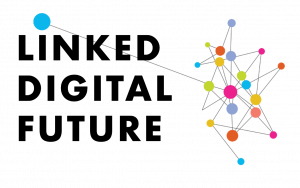
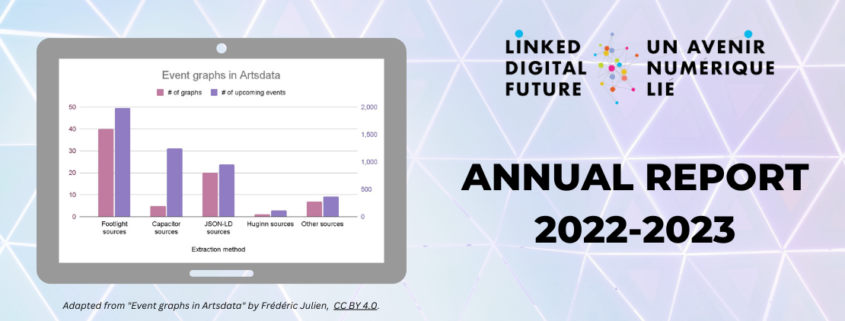
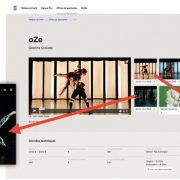 CC 4.0 BY-SA
CC 4.0 BY-SA 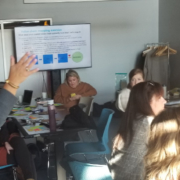
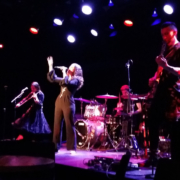
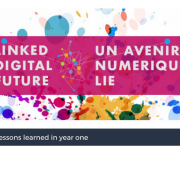
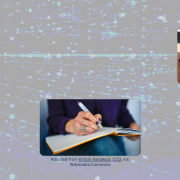

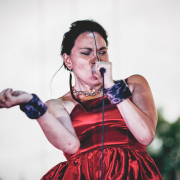
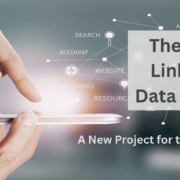 CC BY 4.0
CC BY 4.0 


 CC BY International 4.0
CC BY International 4.0
Leave a Reply
Want to join the discussion?Feel free to contribute!